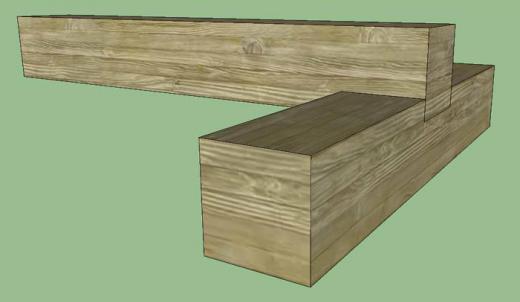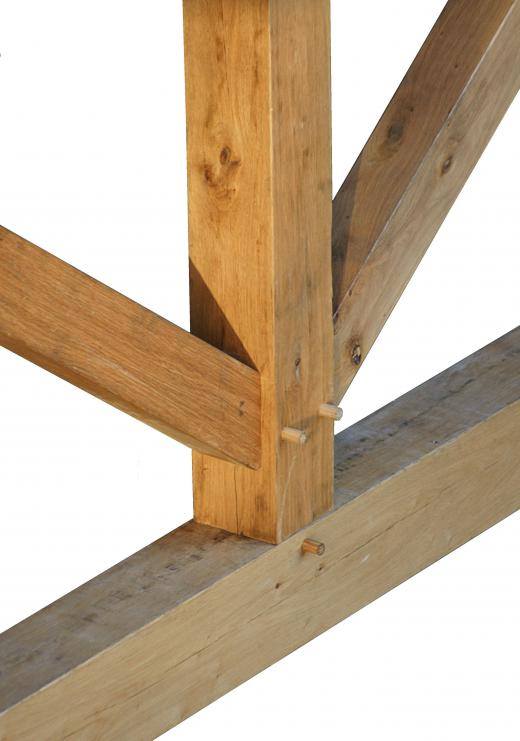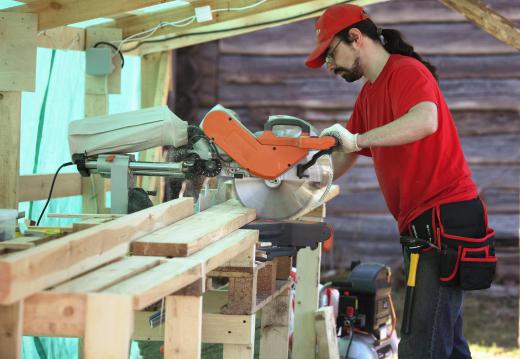Choosing the most effective wood joint is generally dependent upon what type of object a craftsman is building. For instance, wood joints that might serve perfectly well in a dresser or dining room table would not be appropriate for a musical instrument or knick-knack shelf. Luckily, there exist a plethora of wood joints from which the builder can choose. Their strength and appearance can vary dramatically.
Most woodworkers would agree that the strongest wood joint is the mortise and tenon. The most common use of a mortise and tenon is to join two pieces of a wood at a 90-degree angle. In its most simple sense, the mortise is a hole or cavity that has been drilled, carved, or chiseled into one piece of wood. The tenon is a tongue or projection on another piece of wood, usually taller than it is wide. The tenon fits into the mortise, and is either glued or wedged into place.

Several wood joints are similar to the somewhat complicated mortise and tenon, and are quite popular, being easy to fashion. Dowel joints are formed by drilling holes into both pieces of wood to be joined. Next, glue-covered wooden dowels are inserted into the holes. The meeting edges of the wood are covered with glue, pounded together to form a seamless fit, and clamped until dry. Two other variations of the mortise and tenon are the spline joint and the biscuit joint.

Another of the strongest wood joints, common in drawer construction, is the dovetail. The flat end of the board designed to be a drawer side is cut into trapezoidal tongues or projections. Trapezoidal holes of the exact same size are cut into the wood serving as the drawer front. These two pieces interlock, are glued together, and then clamped. The dovetail joint is impossible to pull apart, and is known for its immense tensile strength.

A finger joint is crafted upon the same premise as a dovetail, with the exception being that the tongues and holes are square, rather than trapezoidal. The finger joint, while not nearly as strong as the dovetail, is still useful. It is easily created on a table saw or by using a router, whereas dovetails require that the woodworker possess a high degree of skill.
Other effective wood joints include the dado, which is merely a slot or groove cut into the surface of the wood. Dado joints are frequently found in bookcases, with shelves sliding into the corresponding grooves on each side. Also found on bookcases and cabinets, particularly on the back, are rabbet joints. The rabbet joint is a recess cut into the edge of a piece of wood, resembling an “L.” The thickness of the back piece, which will be glued and fitted into this joint, should be equal to the depth of the recess.
